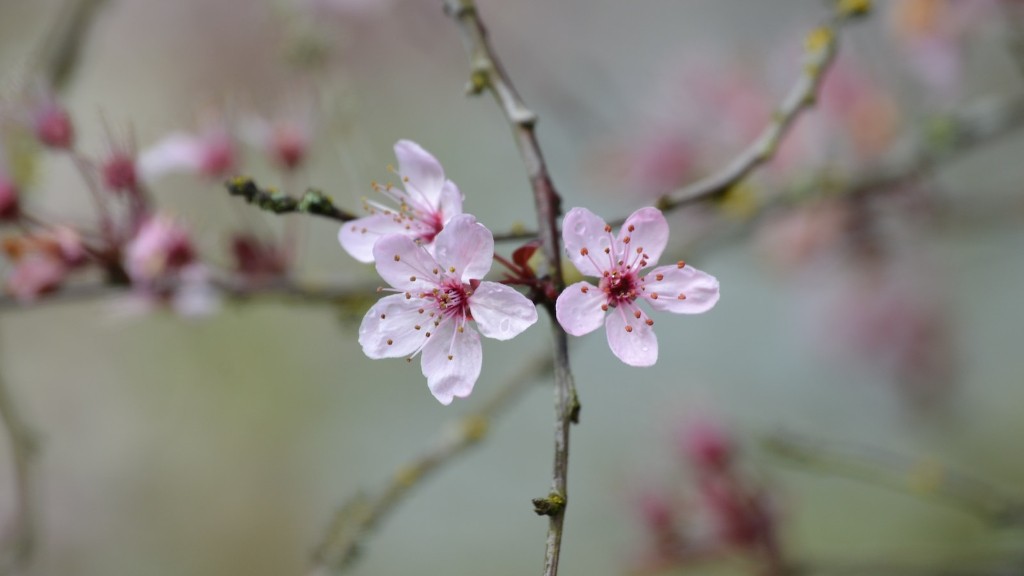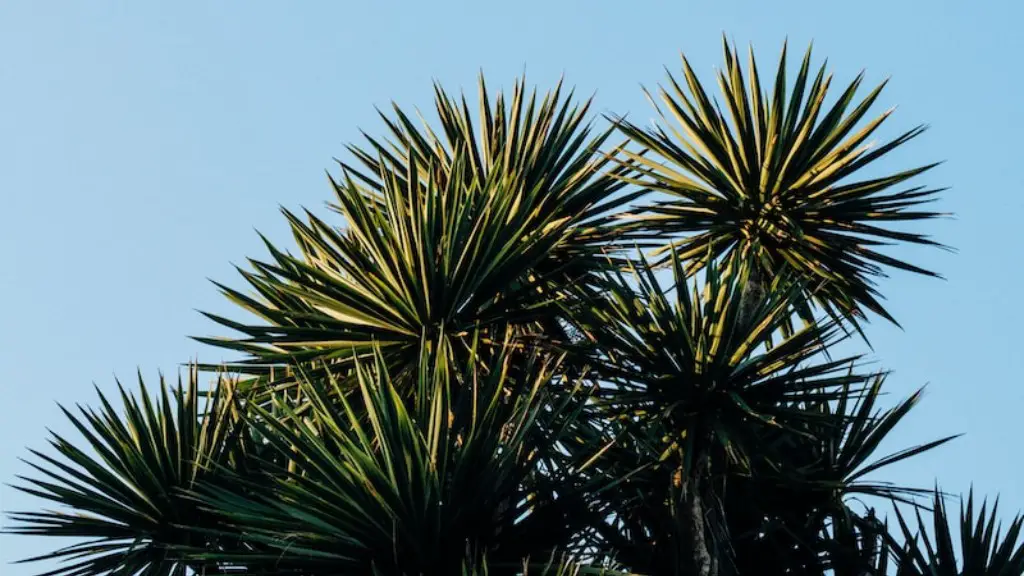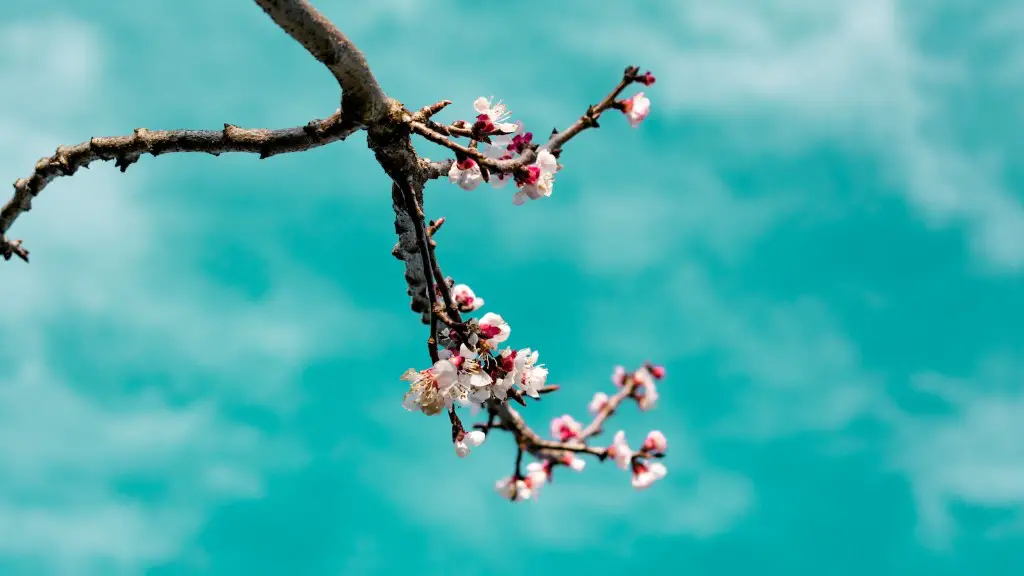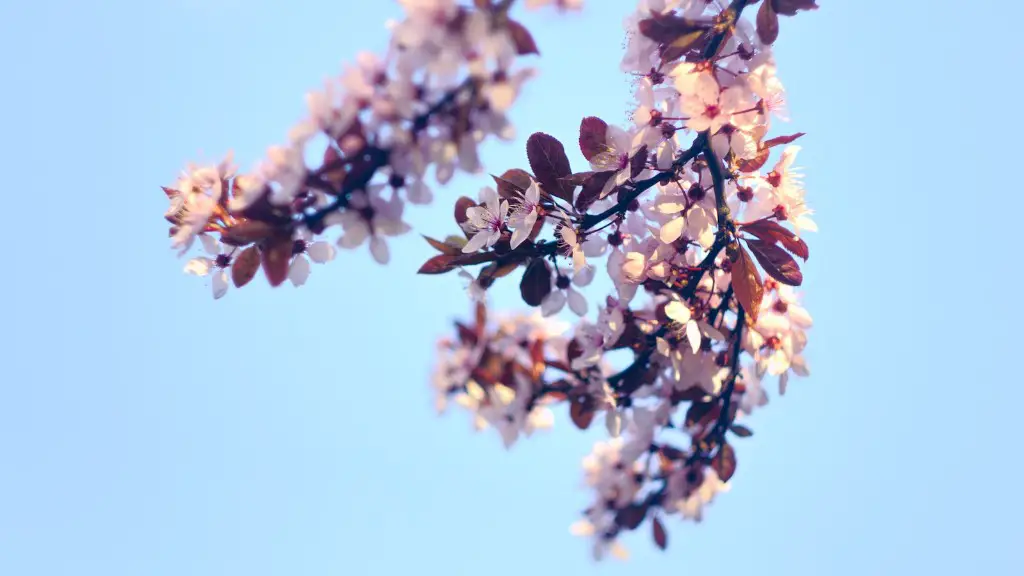Why Are My Cherry Tree Leaves Turning Yellow?
The majority of cherry tree species are deciduous, meaning that they shed their foliage each year as the seasons change and temperatures drop. If a cherry tree’s leaves are turning yellow during the warmer times of the year, it can indicate a nutrient deficiency, a pest problem, or an environmental factor. It can be easy for homeowners to diagnose the problem on their own, but a professional arborist should always be consulted if the problem persists or worsens.
Nutrient Deficiency
Nutrient deficiencies are one of the most common reasons for leaves of cherry trees to turn yellow. If the soil in which the tree is planted is particularly lacking in nitrogen–which can easily occur after years of planting other crops on the same plot of land–the leaves may first yellow, then brown, and eventually drop off the tree. Similarly, a lack of iron or manganese can also lead to leaves turning yellow.
Cherry trees require slightly more Phosphorus than some other trees, and a deficiency in this nutrient can lead to yellowing. Additionally, a potassium deficiency in the soil of a cherry tree can cause the edges of the leaves to turn yellow or brown, as well as the presence of yellow patches on the leaves. If a cherry tree’s leaves are turning yellow, these deficiencies are the most likely culprit.
Pest Problems
Pests such as mites, nematodes, and aphids can also cause cherry tree leaves to turn yellow. The presence of these pests can damage foliage and compromise a tree’s ability to absorb the necessary nutrients for its health. The first step to determining if small pests are the cause of a cherry tree’s yellow foliage is to inspect its leaves closely. If pests are the cause of the problem, they will be easy to spot with the naked eye.
The presence of common pests such as mites and aphids can be identified by the signs of webbing or a sticky, white substance on the leaves of the tree. Nematodes, too, can be seen on the leaves, as they appear similar to tiny worms. Once the pests are identified, it is important for the homeowner to choose the appropriate pesticide for their tree.
Environmental Factors
Environmental factors such as excessive sun or shade, strong wind, and high or low temperatures can also lead to a cherry tree’s leaves changing color. Excessive sun exposure can cause the leaves of a cherry tree to scorch and turn yellow, while an overcrowded or shaded area can cause the same issue. Additionally, strong winds can cause a young cherry tree’s roots to be exposed and dry out, resulting in yellowing foliage.
Cherry trees prefer mild climates, and temperatures that exceed 85 degrees Fahrenheit or drop below 40 degrees Fahrenheit can cause the leaves to turn yellow or brown and eventually drop off the tree. Planting the tree in a different location or keeping it sheltered from extreme temperatures will help to restore it to health.
Soil pH
The pH level of the soil can also have an effect on the health of a cherry tree. If it is too high or too low, cherry trees will struggle to absorb the necessary nutrients from the soil, causing the leaves to turn yellow. The ideal pH level for most cherry trees is between 6.3 and 7.8, and a soil testing kit can be used to check the exact pH level of the soil.
A decrease of the pH level can be achieved with the use of natural substances such as wood ash, compost, or manure, while an increase can be promoted by lime or sulfur. Professional advice should always be sought before attempting to adjust the pH level of the soil.
Creating a Healthy Environment
As with any tree species, it is essential to create a healthy environment for a cherry tree where it can thrive and develop. The tree should be planted away from hard components such as walls and fences, as they can reflect or absorb too much of the sun’s energy and dry out the leaves, causing them to turn yellow. Additionally, overcrowding the tree can prevent it from absorbing the necessary nutrients, and should be avoided.
When creating a healthy and suitable environment for a cherry tree, deep watering is essential. Even during times of drought, the tree should be watered several times a week, ensuring that the water reaches at least eight inches beneath the soil. This will ensure that the tree has enough moisture to develop properly.
Diagnosis and Prevention
If a cherry tree’s leaves are turning yellow, it is best for the homeowner to contact a professional, who will be able to diagnose the cause of the problem and advise the steps to take. For yellowing leaves, a soil test and general inspection of the tree and the surrounding environment should be completed. Once the cause of the problem is determined, the arborist will be able to advise on the best course of action.
To prevent yellowing leaves in the future, it is important to create a healthy environment for the tree that includes appropriate soil quality, temperature and sun exposure, and mostly importantly, enough water. Professional advice should be sought if there is ever any doubt, to ensure that the tree remains healthy and strong.
Fertilizing Schedule
Once the ideal environment for the cherry tree is established, a fertilizing schedule should be set in order to ensure that the tree has all of the necessary nutrients for its development. Fertilizer should be applied in the spring and in the early summer, as these are the times when cherry trees need the most sustenance. When applying fertilizer, it is important to spread it evenly around the tree and to avoid the formation of large lumps.
When selecting fertilizer for a cherry tree, it is important to choose one that is specifically designed for trees and contains the essential nutrients such as magnesium, zinc, and potassium. If a tree goes without fertilizer for a year, it is best to begin fertilizing it again in the spring.
Pruning
Pruning is another essential part of maintaining a cherry tree’s health. Pruning should be done in spring before the tree’s growth begins, so that it can direct its energy to the leaves and fruits that remain. Any branches that are dead, broken, or crossing other branches should be removed, as should any diseased or infested branches.
When pruning a cherry tree, it is important to not take off too much of its foliage or bark, as this can cause stress and damage to the tree. Finally, when pruning is finished, the pruned zones should be checked for pests and diseases, and treated with a fungicidal stem paint if necessary.
Insect Control
Insects such as mites, caterpillars, aphids, and beetles can cause leaf damage to a cherry tree, leading to defoliation and yellowing of the leaves. If any of these are spotted, it is best to take the appropriate measures to eradicate them. Neem oil can be used as a natural and safe insect repellent, and is available in most gardening stores.
In the case of an infestation, it is best to saturate the cherry tree with this oil, directly applying it onto the leaves and branches—especially in the areas where the pests have been spotted. This should be done in late spring and throughout the summer, to ensure that the pests do not cause more damage to the tree.
Mulching
Mulching is another crucial part of caring for a cherry tree and can help to prevent yellowing leaves. By mulching around the tree’s roots annually, the soil will stay cooler in the warmth of the summer and the tree will be able to absorb more of the necessary nutrients.
When mulching, it is important to select an appropriate material—such as grass clippings, compost, or wood chips—and spread it evenly around the base of the tree. If the material is too thick, it can retain too much moisture and put the tree at risk of disease. If there is already mulch around the tree, it should be replaced once a year.





